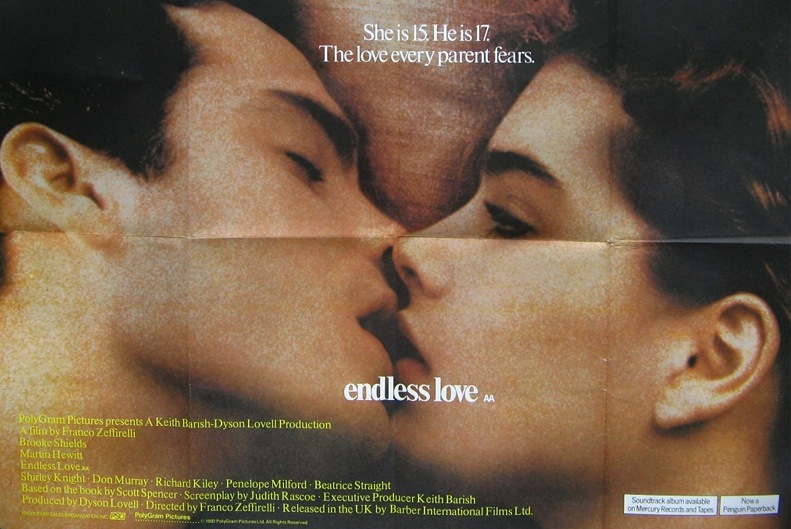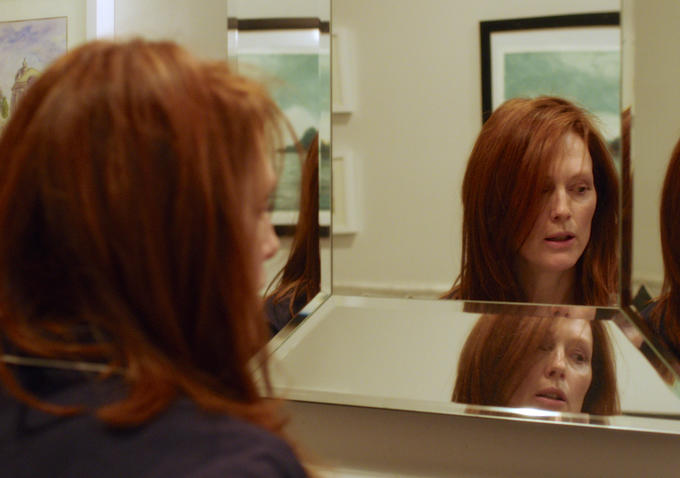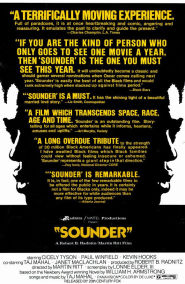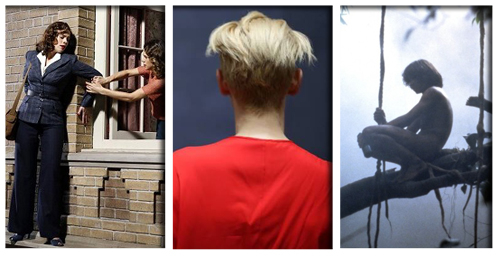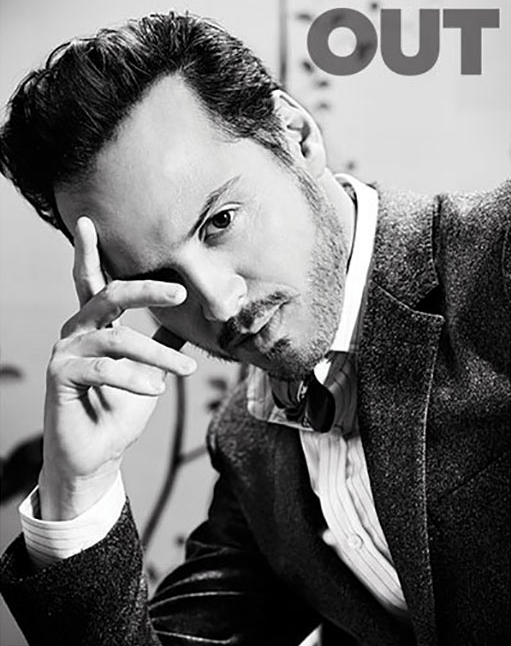Long Day's Journey Into Link
 Thursday, February 19, 2015 at 5:00PM
Thursday, February 19, 2015 at 5:00PM All Oscars All The Time
Big Group they've taken that 'Oscar Dresses infographic' that was so successful a year ago and updated and expanded it with interactivity
AV Club wants the Oscars to add these 11 categories. I say Nay! to most of these. The Academy nixed two of these very recently (Best Casting and Title Design) when they were proposed again
David Poland thinks "preferential balloting" makes virtually anything possible in this tight Best Picture race and seems to expect a true spread the wealth night (as do I)
Gurus of Gold the full charts in all categories
The Atlantic Joe Reid on the lack of connection between Best Picture & Best Actress
Vox tries to explain all the confusing Oscar categories - not who will win but the category definitions themselves
THR Mo'Nique believes she was blackballed after her Oscar win for Precious for not playing the game and being "difficult". Hollywood is so frustrating. Who cares if she's difficult. That's one of the best performances of all time. Doesn't anyone wanna try bottling lightning again?
The Wrap, truly jumping the gun, proposed 20 actors of color and 5 directors for all 25 of the major Oscar nominations for next year's race from films like Creed, Silence, Nina, Lila & Eve, and Crimson Peak
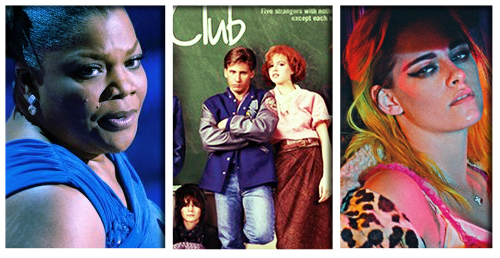
More Movies
Keith Gow reviews The Last Five Years and he's much more satisfied with it than I am. One of my friends who is much more critical of modern movie musicals than I also loved it. I am definitely ready for a second look.
GMA Jeremy Jordan and Jason Robert Brown perform a Last Five Years number on morning TV
Empire 8 secrets from the set of Nightcrawler
Dissolve on Neil Blomkamp's plans to direct another Aliens sequel. Sigourney Weaver is planning to return as Ripley. So exciting if we really do get a sixtysomething action heroine but I'm not holding my breath since Ridley Scott is working on a Prometheus sequel, too
Interview amazing new photoshoot of Kristen Stewart who really turned it out as an actress this past year. More please
First Showing yes it's true Pirates of the Caribbean 5 has started production (Noooooooo) with Javier Bardem wasting more of his time and YA stars Kaya Scoledario and Brenton Thwaites joining the cast
The Film Stage Xavier Dolan in the new trailer for Elephant Song - he's just acting this time
Details Calum Marsh looks at The Breakfast Club 30 years on
In Contention looks at some of the tougher to call races
THR Brutally Honest Ballot of an Oscar voter from the PR branch - these things are always a mix of cringeworthy and/or interesting revealing quotes
THR Brutally Honest Ballot #2 - this one loves Theory of Everything and admires Boyhood
New Mad Men Trailer! "The Final Episodes"
Because of this people are speculating that the final episodes take place in 1976. People are silly. It's not like that show to jump 7 years. And Matthew Weiner said he always wanted to make a show about the decade of the 1960s and he's always been willing to be anachronistic about music. The movies on the other hand, they're usually right on schedule so I wish I knew what year the final episodes took place in so as to study that year's movies. I want to see Don Draper in a movie theater one last time. Pretty please!
 Monty waiting for more cakeOff Cinema
Monty waiting for more cakeOff Cinema
Wisdom Nation screw motivation, seek discipline
Billboard Madonna speaks, makes journo drink shots
BuzzFeed Trans model recreates Adam Levine's famous never-nude shot
Towleroad Lady Gaga is engaged to her actor boyfriend Taylor Kinney (The Other Women / Chicago Fire)
Playbill the great Victoria Clark (The Light in the Piazza) is doing a diary of her out of town tryouts of Gigi, a reworking of the Oscar winning musical
AutoStraddle "50 Shades of Grey Cats". Monty made me include that one. He's breathing very loudly right behind my chair as I type this, surely plotting my murder for the recent vet visit. FTR he is also upset that Jennifer Aniston didn't get nominated for Cake because he was hoping for more edible swag.



